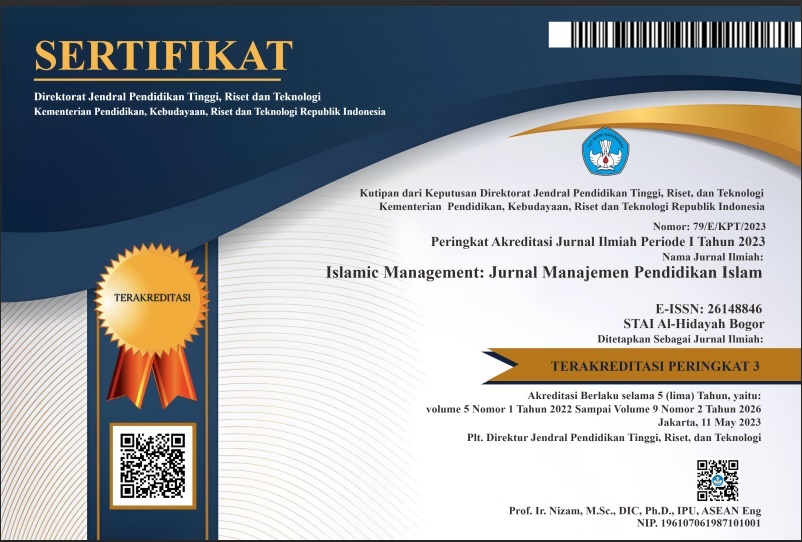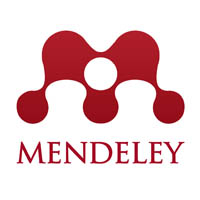IMPLEMENTATION OF DIGITAL MEDIA IN LEARNING ISLAMIC RELIGIOUS EDUCATION IN THE ERA OF INDUSTRIAL REVOLUTION 4.0
DOI:
https://doi.org/10.30868/im.v8i01.7722Keywords:
Digital Media, Islamic Religious Education, Industrial Revolution 4.0Abstract
The era of Industrial Revolution 4.0 brings significant changes in various fields, including education. Digital media has become an important instrument to support more interactive and effective learning, including in Islamic Religious Education (PAI). This article aims to explore the implementation of digital media in Islamic Education learning, its benefits, challenges faced, and strategic solutions to overcome these obstacles. The results show that digital media contributes to increasing students' interest in learning, interaction, and understanding of PAI materials. However, obstacles such as limited teacher competence in technology, uneven internet access, and students' economic disparity are still the main challenges. Digital literacy training for teachers, procurement of technology infrastructure, and provision of relevant digital-based content are the keys to optimizing PAI learning.
References
Arsyad, A. (2019). Media Pembelajaran. Jakarta: Rajawali Pers.
Fitri, N. & Zahra, L. (2023). "Tantangan dan Solusi dalam Pembelajaran Digital". Jurnal Pendidikan Islam dan Teknologi, 5(2), 15-28.
Harahap, Z. (2021). "Transformasi Digital dalam Pendidikan Islam". Jurnal Pendidikan Islam.
Hasanah, I. (2022). "Penggunaan Media Digital pada Pembelajaran Agama Islam di Era Modern". Jurnal Studi Islam dan Pendidikan Islam, 8(3), 45-58.
Mulyadi, R. (2021). "Strategi Guru dalam Implementasi Media Digital". Jurnal Inovasi Pendidikan, 17(4), 98-112.
Susilo, A. (2020). "Pemanfaatan Teknologi Digital dalam Pembelajaran". Jurnal Teknologi Pendidikan, 15(1), 50-65.
Suyanto, M. (2020). Revolusi Industri 4.0 dalam Pendidikan. Yogyakarta: Andi Offset.
Yusuf, M. (2022). Literasi Digital untuk Guru. Surabaya: CV Media Edukasi.
Downloads
Published
How to Cite
Issue
Section
Citation Check
License
Copyright (c) 2025 Ervinna Damayanti, Mundir Mundir, Moh. Sutomo, Badrut Tamami

This work is licensed under a Creative Commons Attribution-ShareAlike 4.0 International License.
Authors who publish with this journal agree to the following terms:
- Authors retain copyright and grant the journal right of first publication with the work simultaneously licensed under a Creative Commons Attribution License that allows others to share the work with an acknowledgment of the work's authorship and initial publication in this journal.
- Authors are able to enter into separate, additional contractual arrangements for the non-exclusive distribution of the journal's published version of the work (e.g., post it to an institutional repository or publish it in a book), with an acknowledgment of its initial publication in this journal.
- Authors are permitted and encouraged to post their work online (e.g., in institutional repositories or on their website) prior to and during the submission process, as it can lead to productive exchanges, as well as earlier and greater citation of published work (See The Effect of Open Access).






